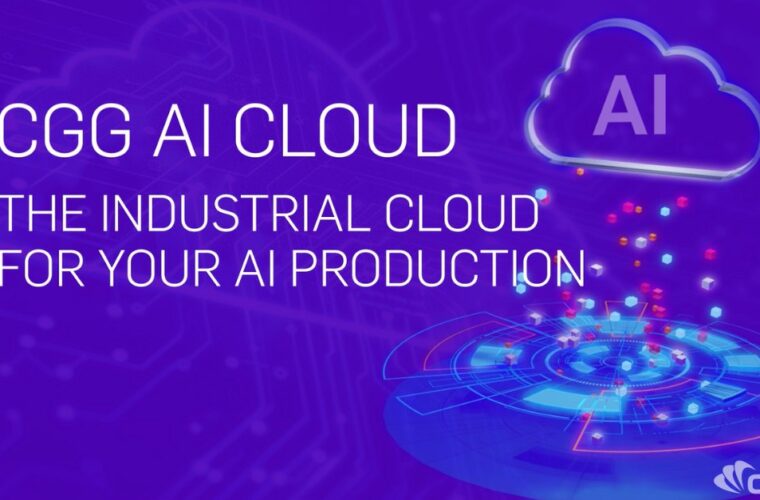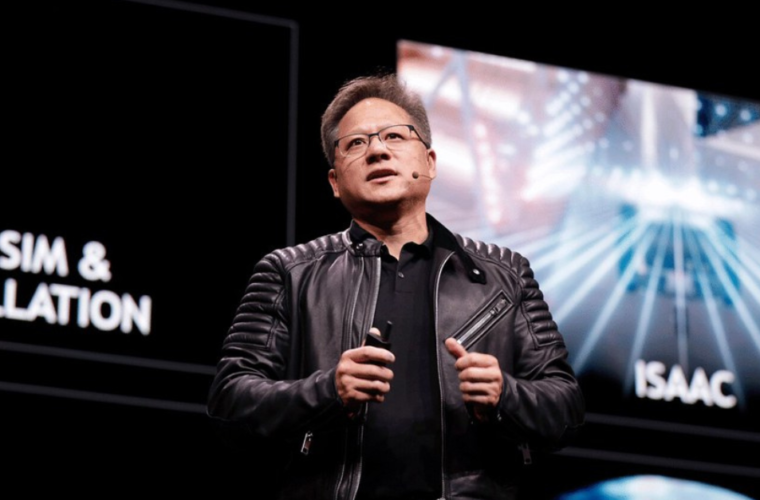AI low-code development: The acronym is Lcap, and it stands for low-code application platforms. These solutions make it possible to bring customised products and services to market by enabling heterogeneous teams to collaborate, where no high-level programming skills are required, thanks to a coding model based on graphical user interfaces and using predefined visual components. Gartner ranks the companies that provide the best Lcap tools: at the top of the ranking are five players: Mendix, Microsoft, OutSystems, Salesforce and ServiceNow. Among the optional features, Gartner identifies a few more detailed requirements, including, just to give a few examples, on-premises and multi-cloud support automation and management of business processes or support via artificial intelligence or augmented reality tools.
Low code and artificial intelligence: growth estimates
This growth is driven by the efficiency potential offered by these systems. In our experience, applying low-code platforms can generate reductions of up to 50% in software development time and maintenance costs (time to market), with more than 500% returns on investment. Estimates could be even higher if one considers the potential for synergy between low code and generative Ia. The latter will significantly impact companies in the next five years. By 2024, 40% of enterprise applications are expected to include embedded conversational AI, up from 5% today. By 2025, 30% of enterprises will have adopted an AI-enhanced development and testing strategy, up from 5% in 2021. It is estimated that by 2026, more than 100 million people will be using ‘rob colleagues’ to contribute to their work.
Areas of positive impact
Finally, by 2027, it is estimated that nearly 15 per cent of new applications will be automatically generated by AI without human intervention, a practice that is not yet common today. Companies that successfully combine the two systems will positively impact four major areas. In the speed of conception and prototyping, generative AI is used to speed up the initial design process. For example, suppose the company is developing a mobile application for the tourism industry. In that case, it will be able to use generative AI to create design proposals, ideas for functionality and even basic code for initial screens.
This offers a quick and creative starting point for the project in automating repetitive tasks. Many tasks in application development are repetitive, such as generating code to manage the user interface or handling data. With generative AI, many of these tasks can be automated, allowing developers to concentrate on more complex and creative tasks. This greatly increases developer productivity in improving code quality, using generative AI to review and improve low code-generated code. This helps ensure that the code is efficient and secure and conforms to development standards. In addition, it can identify and correct potential vulnerabilities or errors in the code. Continuous adaptation and machine learning enable applications to adapt to user needs constantly. Generative AI can analyse application usage data and suggest changes.

The ability to create creative content
These enhancements open a world of possibilities for companies that will be able, for instance, to develop custom applications using a low-code platform to create the basic infrastructure quickly. At the same time, a generative Ai model can automatically generate parts of the user interface and backend code, greatly accelerating the development process. Another possibility will be the automatic generation of documents and reports. In areas such as legal or accounting, a low-code application can be used to collect data and interact with users. Subsequently, a generative AI model can be used to generate documents, contracts, or reports automatically based on this data.
In addition, companies will be able to create creative and multimedia content through a low-code application capable of organising resources and content, combined with a generative AI model to generate text, descriptions, or even visual elements such as images or videos and other creative ideas, text, graphic designs or even music. In the field of customer service automation, a low-code application will, for instance, be able to handle incoming customer requests. At the same time, a generative AI-based virtual assistant will be able to answer common questions automatically and even carry out more complex conversations with customers.
From machine translation to localisation
Taking this a step further, the combination of low-code and generative AI will also help in the development of recommendation systems, managing the collection of data on users and their interactions with an app or website developed with low-code and using generative AI models to analyse this data and generate customised recommendations for users, for example in a video streaming or e-commerce app. Finally, magic can be applied to machine translation and localisation. In this perspective, a low-code application can manage the translation and content localisation process. At the same time, a generative AI model can be used to improve the quality of machine translations or automatically generate localised descriptions.
These are just a few examples of all the possibilities offered by combining the creativity of generative AI with low-code efficiency, which will be the key to accelerating innovation and creating ever more advanced software solutions supporting human process competence, ethics, and governance.



